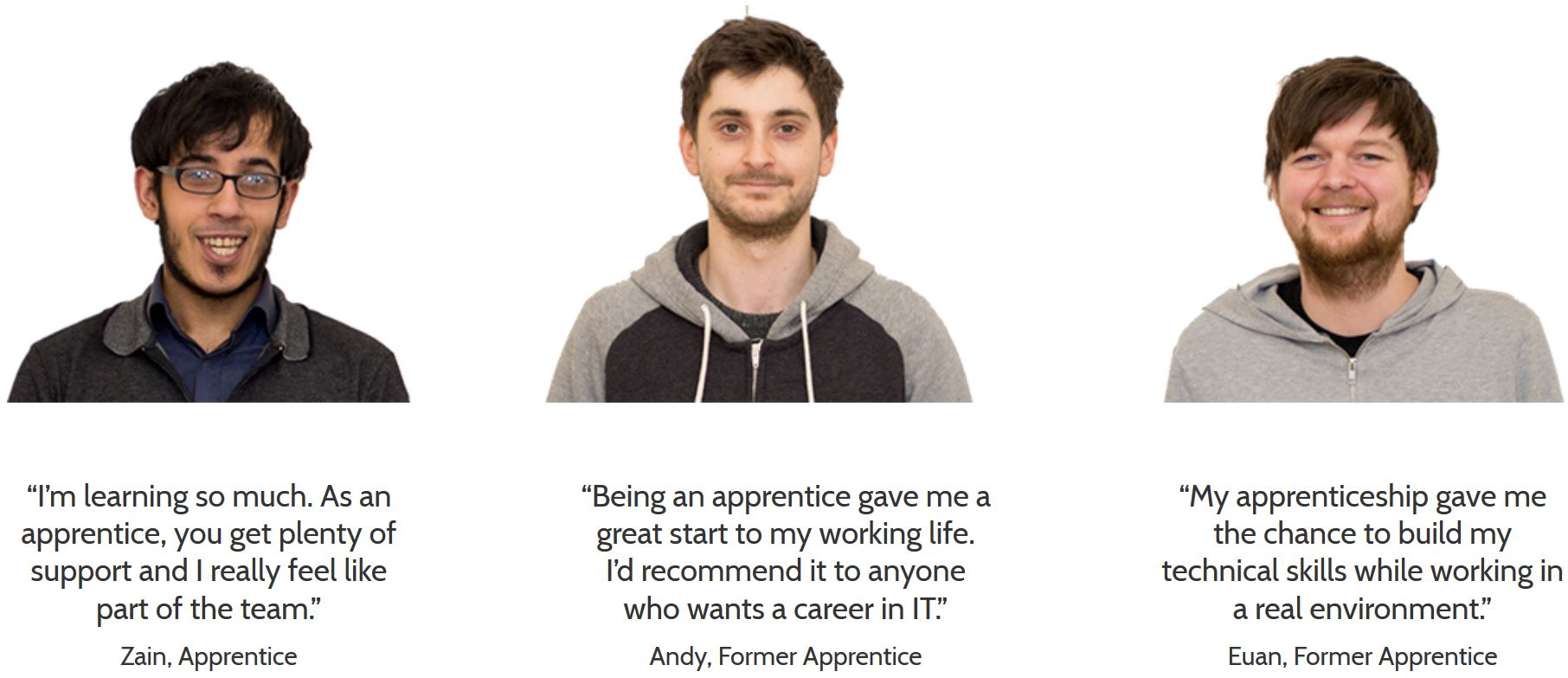Big changes are coming to SharePoint Online in the next few months that will make it easier, more engaging, and more satisfying to use.
Modern Publishing includes a fully-redesigned page editor which makes laying out content in SharePoint an extremely intuitive and satisfying experience. The process of creating and editing content is now easier than ever.
Intuitive page editing
The changes mean you can copy and paste formatted text and tables directly from Word, without breaking them. Rather than going through a process of several steps to upload images, they can be dragged and dropped directly into the page. Editable multi-column layouts let you create more engaging-looking pages, and you can even embed colleague profiles and inline document previews.









